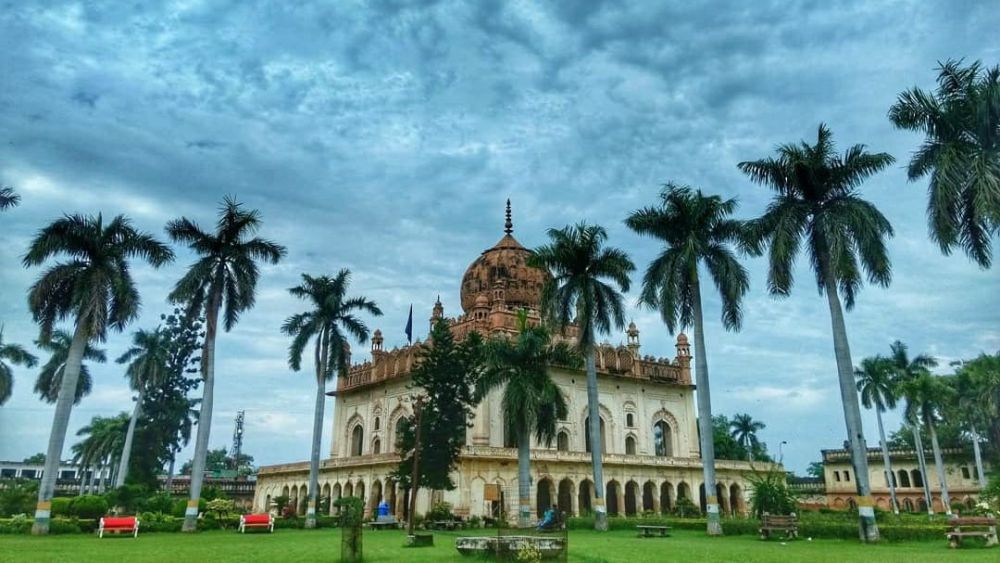

The city of Ayodhya in Uttar Pradesh is a tapestry of diverse cultures, deep historical roots, and an array of architectural marvels. Among these treasures is Gulab Bari, a place lesser-known to the common tourist but one that holds great significance for the region’s heritage.
Gulab Bari, which translates to 'Garden of Roses', is the mausoleum of Nawab Shuja-ud-Daula, the third Nawab of Faizabad. This historical site is not just a garden but also houses the tombs of the Nawab and his parents. Constructed in the 18th century, it is an exquisite example of the Nawabi era architecture blended with Mughal garden layouts.
The importance of Gulab Bari extends beyond its stunning architecture, as it stands as a symbol of the cultural and secular history of Ayodhya, representing a period when Hindu and Islamic styles merged to create unique artistic expressions.
Until the 20th century, Gulab Bari was mainly a local attraction. Its appeal as a tourist destination grew as historical preservation societies and the Uttar Pradesh Tourism Department began promoting Ayodhya's diverse cultural heritage. Gulab Bari was formally recognized by the Archaeological Survey of India (ASI), which acknowledged its historical and architectural significance, prompting more visitors to explore this gem.
Today, travelers visiting Ayodhya can marvel at the elegance of the rose gardens, stroll through the peaceful courtyards, and reflect upon the blend of Islamic and Hindu architecture that resonates throughout the complex.
Recently, there has been a surge in heritage tourism in Ayodhya, with visitors seeking to explore the depth of India's history and architecture. In response, the local authorities have made efforts to preserve and promote historical sites like Gulab Bari.
One notable trend is the rise of virtual tours and augmented reality experiences, allowing those who cannot make the trip in person to experience these cultural landmarks from afar. Additionally, there has been an increased focus on sustainable tourism, with initiatives to maintain the beauty and integrity of the gardens and structures.
Another trend within Ayodhya is the growth in thematic and cultural festivals that incorporate regional historical sites. Events are often held in and around Gulab Bari, celebrating the shared cultural past of Ayodhya and spotlighting the mausoleum’s splendor.
If you are planning to visit Ayodhya, include Gulab Bari in your itinerary. It's a perfect spot for history buffs, architecture enthusiasts, and those looking for a serene and reflective experience. The best time to visit is between October to March when the weather is cooler and the roses are in full bloom.
Note: As this is a historical site, visitors are advised to respect the preservation efforts by not littering and adhering to the site guidelines to maintain its sanctity and beauty for generations to come.
From its rich history to the latest efforts in sustainable tourism, Gulab Bari stands as a beacon of historical significance and cultural integrity. It is a must-visit destination for anyone looking to delve deep into the layers of India's cultural landscape.